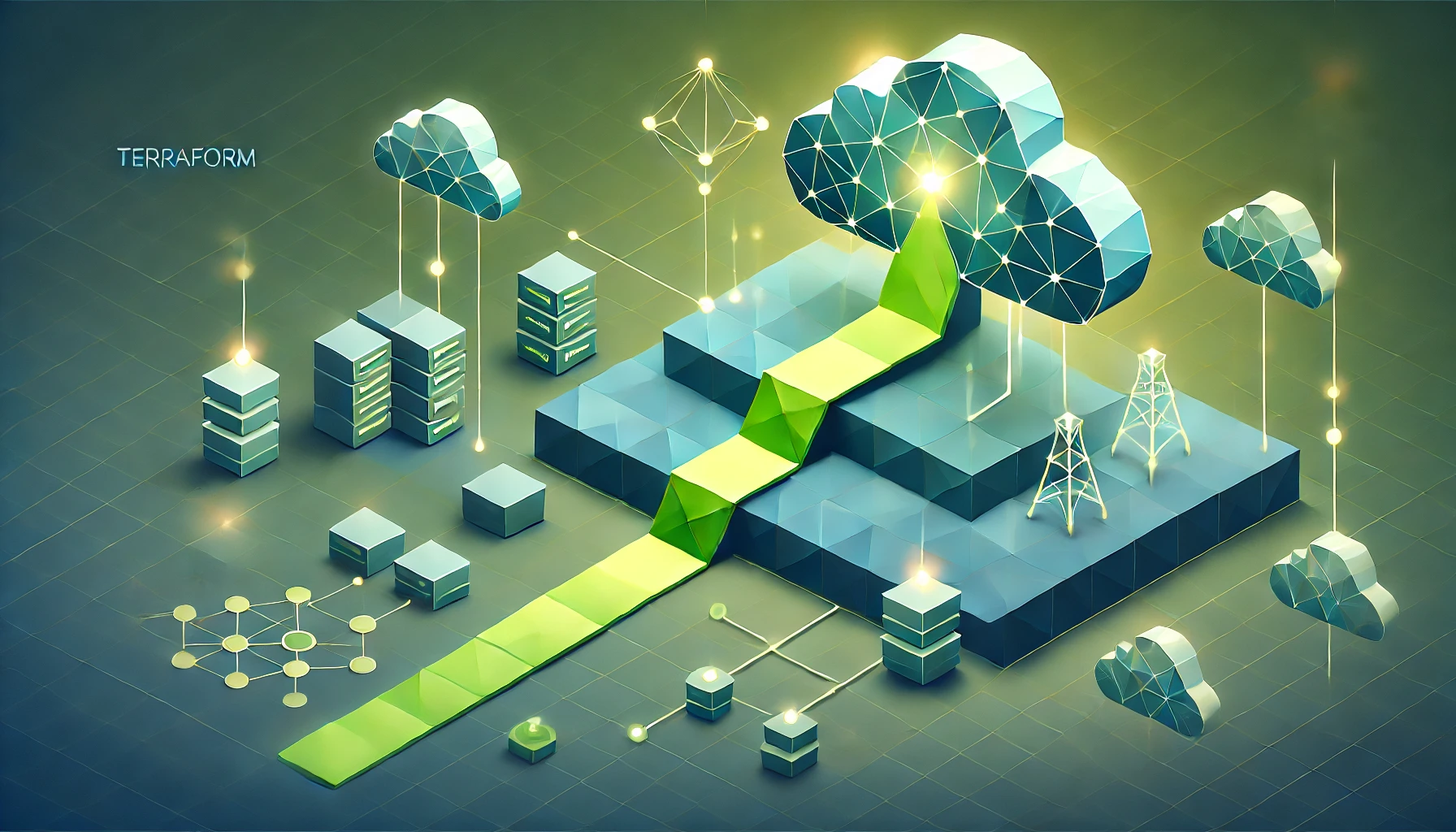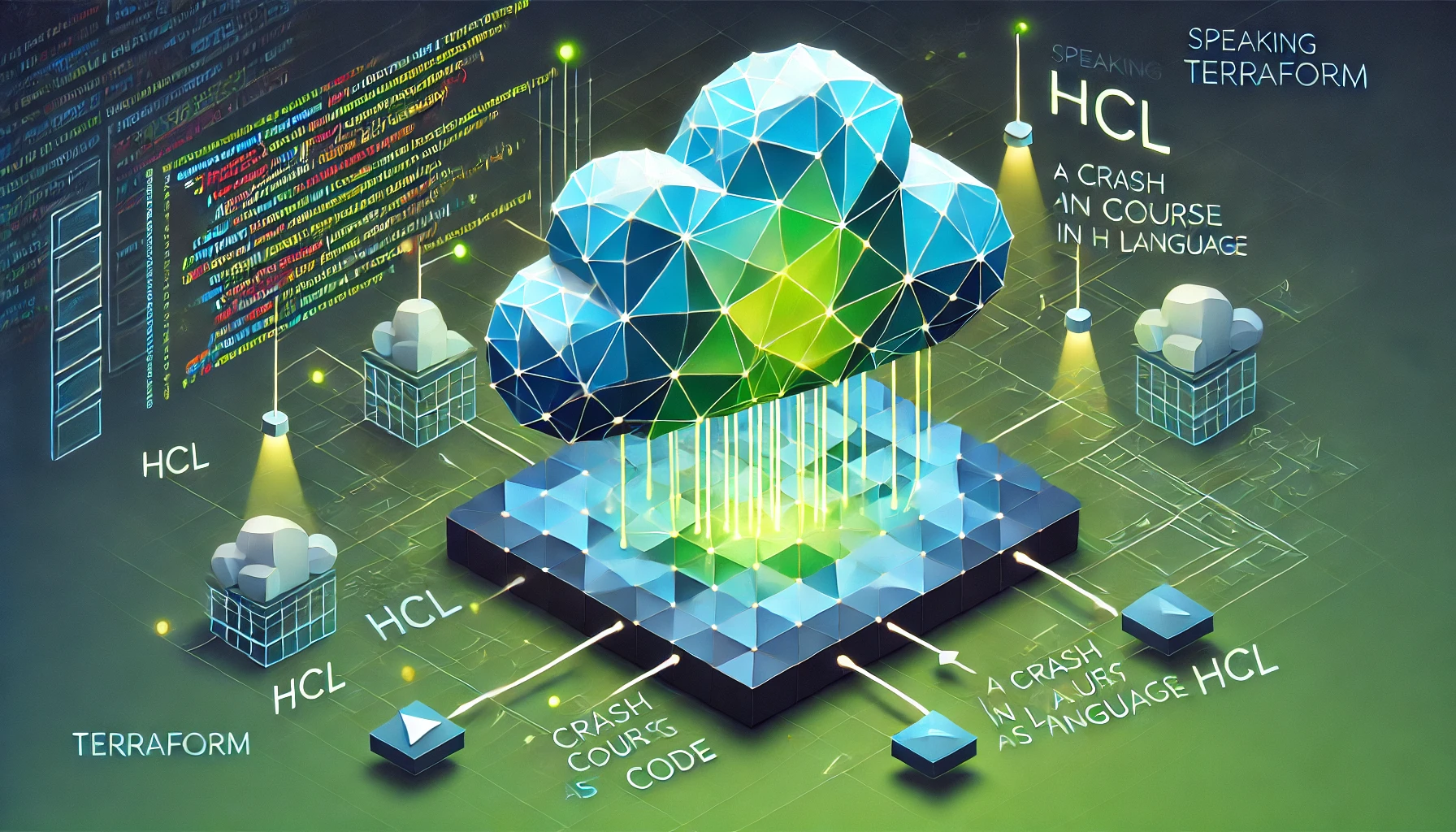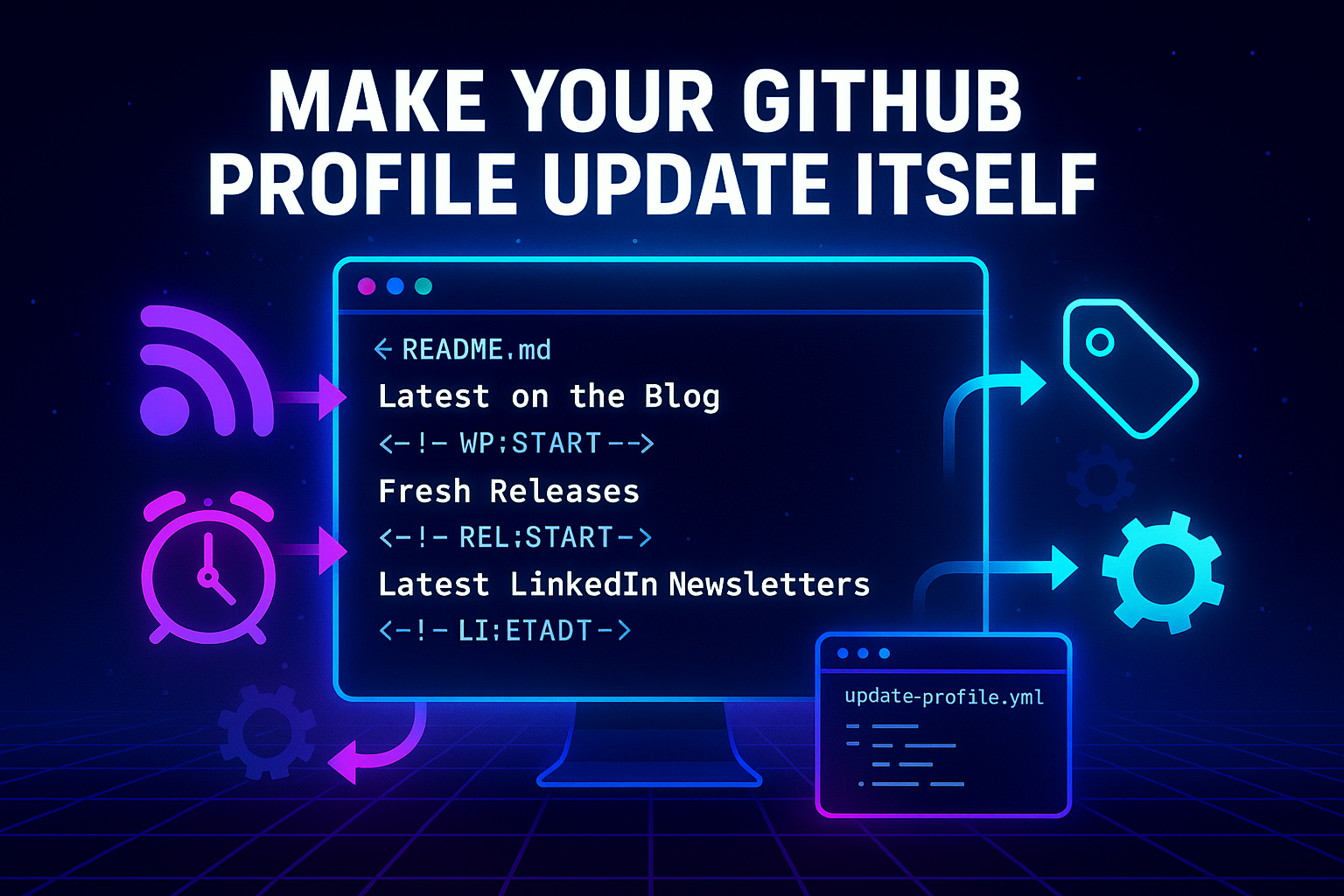
The State of Terraform: Keeping Your Cloud Empire in Check
- Chris Woodruff
- February 18, 2025
- Terraform
- devops, IaC, infrastructure, terraform
- 0 Comments
Managing infrastructure can feel like herding cats—if you don’t keep track of what’s going on, chaos ensues. That’s where Terraform state comes in. It’s like the master ledger for your cloud empire, tracking every resource Terraform manages so you don’t lose your mind.
In this post, we’ll break down what Terraform state is, why it’s important, and how to manage it like a pro. Grab your coffee, and let’s dive in!
What Is Terraform State?
Imagine Terraform as a contractor building a house. The state file is the blueprint that tracks every nail, beam, and coat of paint. It ensures Terraform knows what’s been done and what still needs doing.
- It tracks the current status of your infrastructure.
- It’s used by Terraform to determine what changes need to be applied.
- It’s stored as a file named
terraform.tfstateby default.
Without state, Terraform would be guessing every time you run terraform plan or terraform apply—and nobody wants that kind of guesswork in their cloud!
Why Does State Matter?
Terraform state is crucial for keeping your infrastructure consistent and preventing accidental chaos. Here’s why it’s a big deal:
- Resource Tracking: The state file knows what resources exist, their configurations, and how they relate to each other.
- Change Detection: It lets Terraform compare your code to the actual infrastructure and figure out what needs updating, deleting, or creating.
- Team Collaboration: With shared remote state, multiple team members can work on the same infrastructure without stepping on each other’s toes.
Where Is the State Stored?
By default, Terraform saves the state file locally on your machine. That’s fine for testing, but it’s not ideal for production setups. Why?
- Collaboration Nightmare: Local state doesn’t work well when multiple people need access.
- Risk of Data Loss: If you lose your laptop, your state file goes with it.
The solution? Remote state backends!
Remote State with Azure Blob Storage
If you’re deploying to Azure, using Blob Storage for remote state is a no-brainer. It keeps your state file secure, accessible, and versioned. Here’s how to set it up.
Step 1: Create an Azure Storage Account
- In the Azure Portal, create a new storage account.
- Add a Blob container named
tfstate.
Step 2: Update Your Terraform Configuration
In your Terraform code, define the backend like this:
terraform {
backend "azurerm" {
resource_group_name = "myResourceGroup"
storage_account_name = "mystorageaccount"
container_name = "tfstate"
key = "terraform.tfstate"
}
}
Step 3: Initialize Terraform
Run:
terraform init
Terraform will migrate your state to the remote backend. Easy peasy!
Workspaces: Managing Multiple Environments
Do you have separate environments (e.g., dev, staging, prod)? Workspaces let you manage multiple states within the same configuration.
Create a New Workspace
terraform workspace new dev
Switch Between Workspaces
terraform workspace select prod
Each workspace gets its own state file, so you can keep environments isolated. Think of it like having different save slots in your favorite video game.
Best Practices for Terraform State
- Always Use Remote State for Teams
Whether it’s Azure Blob Storage, AWS S3, or Terraform Cloud, remote state is essential for collaboration. - Secure Your State File
Your state file contains sensitive information like resource IDs and keys. Use encryption for remote state backends. - Lock State Files
Prevent simultaneous updates by enabling state locking. Azure Blob Storage supports this out of the box. - Back Up Your State
Even with remote state, create regular backups to avoid nasty surprises.
Common State Management Commands
Here are some handy Terraform commands for managing state:
- View State:bashCopyEdit
terraform showDisplays the current state in a readable format. - Manually Edit State:bashCopyEdit
terraform state pull > state.jsonEdit carefully, then push back:bashCopyEditterraform state push state.json - Remove a Resource:
If you need to remove a resource without deleting it:bashCopyEditterraform state rm <resource>
Wrapping Up
Terraform state might sound like a behind-the-scenes thing, but it’s the backbone of your cloud management. With proper state management—especially using remote backends—you’ll ensure your infrastructure is consistent, secure, and ready for collaboration.
So, the next time you run terraform plan, thank the humble state file for making it all possible.
What’s Next?
In the next post, we’ll dive into provisioning infrastructure with Terraform, so you can spin up VMs, databases, and more with ease. Stay tuned, and happy Terraforming!






